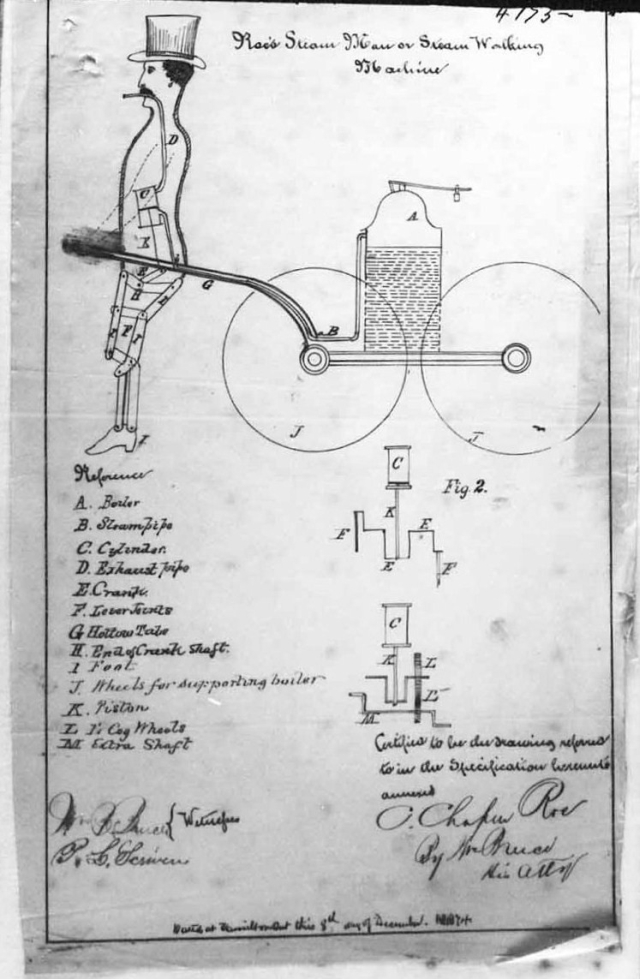
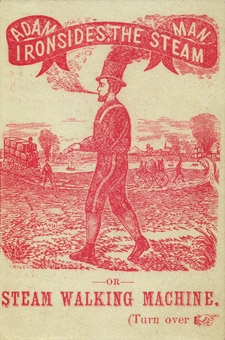
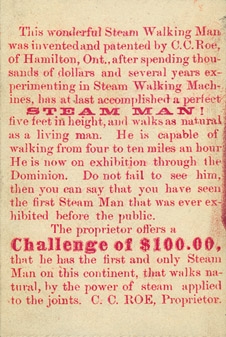
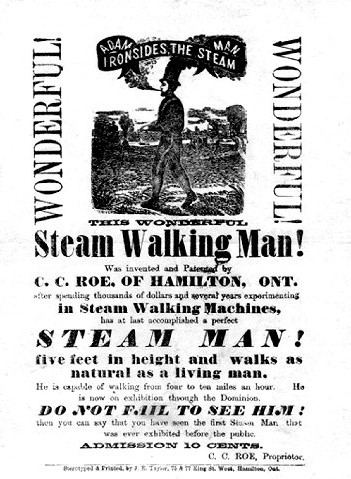
Source: Star And Sentinel, 08 Aug 1878, p2.
Letter from Reading.READING, PA., August 5, 1878.
STAR AND SENTINEL,:—The visitors to the sea shore……………..
next column …………………
This looked rather disheartening to a church goer, but after the middle of the day I concluded it best to do as other people do when the preachers are all away, and, seeing a strong current moving down Sixth Street to the river bank, I floated along. There I found several thousand people waiting to take passage in the Steamboats Eclipse and Gazelle for High's woods, and favorite resort two miles down the Schuylkill -of course you'll understand the woods is not in the river but on the bank adjoining. On every trip the boats were crowded, and I did not succeed in getting passage until the fourth trip after I reached the wharf. But I got to the woods at about 3 oçlock and the "day" was in "full blast." The first thing that attracted my attention was a "side-show" tent and a thousand people around it.
Having got a red ticket with my Steam-boat pass, I soon crowded into the tent. There I found walking around a circle of ten feet diameter Mr. Adam Ironsides.
Now Adam is somewhat of a peculiar "make-up." He consists entirely of steel and iron, and is no less than a Steam Walking Man. This piece of mechanism is the invention of C. C. Roe, of Hamilton, On., is run by two small engines, and can be made go [sic] backward or forward. The legs and feet have the actual motion of a human being. The "Showman" explained all, and said it was his purpose to utilize his invention for road purposes by so improving it that the engine may be carried in the wagon and have the Iron man fastened between the shafts. Adam was dressed in a full suit of clothes, had a fine head of hair, and an attractive face. I think if he were divested of what was put on him to make him look like a man all that would be left would be a small upright steam engine. When in full performing trim Adam weighs 88 pounds. ………….. H.B.W. ENDS
Note: Patents database give reference to Cyrenius Chapin Roe, of City of Hamilton, Country of Wentworth, Province of Ontario, Dominion of Canada (See unlelated patent # 169,482 . Signed "C. Chapin Roe".
The Patent shows a double-throw crank and a single cylinder engine, the above description suggests there are two cylinders earlier on in the description, then "a small upright steam engine" near the bottom.
See Section: History of Industry in Hamilton
http://epe.lac-bac.gc.ca/100/205/301/ic/cdc/industrial/history.htm
"During this time period, there was great experimentation with new technology, some of which lead to such idiosyncratic inventions as Adam Ironsides, the Steam Man, by Cyrenius C. Roe who is listed in Hamilton city directories as both a machinist and a showman between 1875 and 1878."
Wellsboro Agitator 24 Sep 1878 p3
An Ohio genius is exhibiting at Columbis, Pa., an iron man that walks by steam The iron man walks on a circle of boards about seven feet in diameter, and is moved by two little engines in the chest, to which steam, is communicated from a boiler by pipes through the hands and arms. In the mouth is a tin tube through which the exhaust steam escapes.
The above article says he is from Ohio. This is incorrect and a bad interpretation of Hamilton, Oh(io)., versus Hamilton, On(tario).
It is interesting the above article mentions Weston, the famous pedestrian of the time. Later in 1893, we know of a walking automation resembling Weston. Are these related?
The articles conclusively linking C. C. Roe to the later Captain Rowe.
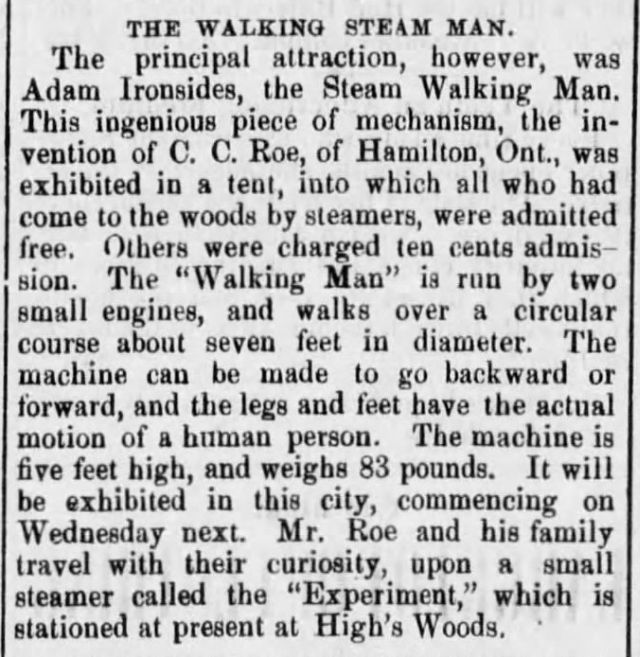
Source: Reading Times and Dispatch, Reading, PA., Monday, August 5, 1878.
….
Some Sunday Amusements Down the River-……
…..THE WALKING STEAM MAN.
The principal attraction, however, was Adam Ironsides, the Steam Walking Man. This ingenious piece of mechanism, the invention of C. C. Roe, of Hamilton, Ont., was exhibited in a tent, into which all who had come to the woods by steamers, were admitted free. Others were charged ten cents admission. The "Walking Man" is run by two small engines, and walks over a circular course about seven feet in diameter. The machine can be made to go backward or forward, and the legs and feet have the actual motion of a human person. The machine is five feet high, and weighs 83 pounds. It will be exhibited in this city, commencing on Wednesday next. Mr. Roe and his family travel with their curiosity, upon a small steamer called the "Experiment," which is stationed at present at High's Woods.
This first article refers to "Mr. Roe and his family travel with their curiosity, upon a small steamer called the "Experiment," which is stationed at present at High's Woods".
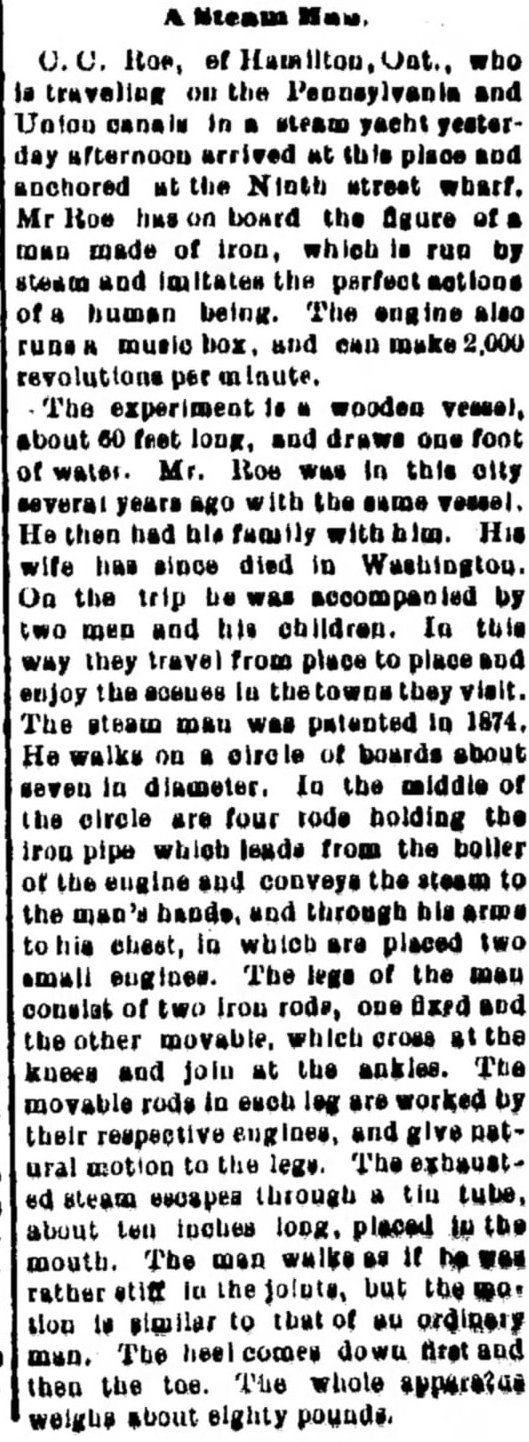
The second article extends this description further: Source – Lebanon Daily News, Tues Sep 21 1880.
A Steam Man.
C. C. Roe, of Hamilton, Ont., who is traveling on the Pennsylvania and Union canals in a steam yacht yesterday afternoon arrived at this place and anchored at the Ninth street wharf. Mr Roe has on board the figure of a man made of iron, which is run by steam and imitates the perfect actions of a human being. The engine also runs a music box, and can make 2,000 revolutions per minute,
The Experiment is a wooden vessel, about 60 feet long, and draws one foot of water. Mr. Roe was in this city several years ago with the same vessel. He then had his family with him. The wife has since died in Washington. On the trip he was accompanied by to men and his children. In this way they travel from place to place and enjoy the scenes in the towns they visit. The steam man was patented in 1874. Ha walks on a circle of boards about seven [feet] in diameter, in the middle of the circle are four rods holding the iron pipe which leads from the boiler of the engine and conveys the steam to the man's hand, and through his arms to his chest, in which are placed two small engines. The legs of the man consist of two iron rods, one fixed and the the other movable, which cross at the knees and join at the ankles. The movable rods in each leg are worked by their respective engines, and give natural motion to the legs. The exhausted steam escapes through a tin tube, about ten inches long, placed in the mouth. The man walks as if he was rather stiff in the joints, but the motion is similar to that of an ordinary man. The heel comes down first and then the toe. The whole apparatus weighs about eighty pounds.
See all the Steam Men listed here.
Amazing!!!!!!